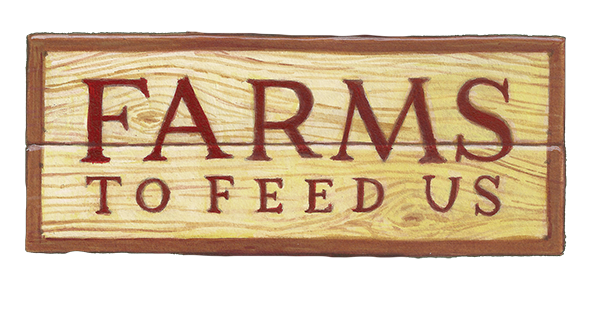Wakelyns Agroforestry Harvest Loaf Cake by Henrietta Inman
Henrietta Inman, pastry chef, author, cookery teacher and edible flower grower, and now wholegrain baker & cook at Wakelyns, shared this beautiful recipe for a harvest loaf cake. Henrietta is building a bakery at Wakelyns to bring YQ&Q sourdough & other food made with the farm’s produce to their local community.
This recipe is inspired by a Suffolk harvest cake recipe from Allan Jobson’s, ‘An Hour-Glass on the Run’, 1959, mentioned by Elizabeth David in her book, ‘English Bread and Yeast Cookery’. It’s also called biscuit or bever-cake by some; bever is now very rarely used but it refers to taking a light repast or refreshment between meals. This cake is certainly a very nourishing one too!
Though traditionally only made during the harvest season from around July to August, I’ve been making it since this year’s harvest for breakfast, tea and indeed, a bever, and don’t think I’ll stop!
Making use of the wonderful wholegrain YQ population wheat from the crop alleys but also the apples, pears, quince and plums that I have dried from the tree lines, this cake, full to the brim with beautiful fruit amongst a soft, enriched, wholemeal bread dough, celebrates and is a way of giving thanks for the abundant and diverse harvest from the whole agroforestry system at Wakelyns and its magnificent productivity. It’s a very good way of using all the apples we have now too!
According to Jobson, ‘...a portion of dough was taken off the bread and put in a basin, mixed with lard, two eggs, sugar, raisins, candied peel and nutmeg. This was all thoroughly mixed by hand and left for a time; then baked in a tin, either in biscuits form or as a slab’.
Celebrating what’s around us on the farm and locally and as this year’s harvest coincided with the first early apples, I use these instead of raisins and candied peel. I’ve also been drying a lot of our own fruit and that of nearby farms, as well as candying quince. With all these beautiful flavours, along with the wholemeal dough, the extra spice isn’t really needed. The walnuts are now here so I love adding these too, or I really recommend Food and Forest cobnuts. Sadly we didn’t have many this year.
As with all recipes this really is a guide. I would stick to the bread dough recipe - for this, use your own sourdough or I really recommend Kimberley Bell’s YQ Wakelyns population wheat sourdough loaf tin recipe on the Hodmedod’s website - but then add whatever you like and what you have available locally.
The apples are interchangeable with soft pears or lightly cooked quince; use any nuts or seeds and dried fruits. It’s been a good year for grapes! Do try drying your own to make raisins, it’s really satisfying and they taste wonderful! I use butter but if you can get lard from your local butcher, do try it.
Makes 1 loaf, with a good weight!
Ingredients
500g wholegrain YQ sourdough dough after bulk rise
100g cold unsalted butter, grated, plus extra for greasing the tins. I like Fen Farm Dairy butter
2 large local free-range eggs
100g organic golden caster, demerara, or New Dawn Traders panela sugar, or try with local honey
100g toasted and roughly chopped walnuts and/or cobnuts, or other nuts
100g dried fruit such as raisins, prunes, cherries or other dried fruits, candied quince
500g chopped apple pieces (and/ or pears), weight after chopping, into rough 1.5-2cm chunks, core apples but keep skins on. Dessert and cooking apples will work. A mix is lovely.
Method
Preheat the oven to 190°C.
Grease a loaf tin (about 18cm x 11cm x 8cm depth) with butter and line the base with parchment paper
Add the butter, eggs and sugar to the dough and squeeze the mix through your hands, mixing it really well until all combined
Add the dried fruit, nuts and apple (and pear) chunks
Divide the mix between the two loaf tins and smooth out the tops. Finish with some demerara if you want! I normally leave it now for another 2 hours at room temperature, letting my other non-cake bread loaves (!) bake first, then put these in afterwards.
Bake for 30 minutes. Turn the tins in the oven and reduce the temperature to 150°C and bake for a further 30 minutes, or until golden brown on top and a skewer inserted in the centre comes out clean
Leave to cool a bit then eat warm, or the next day, with butter, yoghurt, jam, cooked autumn fruit, honey…
Words & recipe by Henrietta Inman; Images by Patricia Niven (image 1), and Henrietta Inman (images 2-5).





